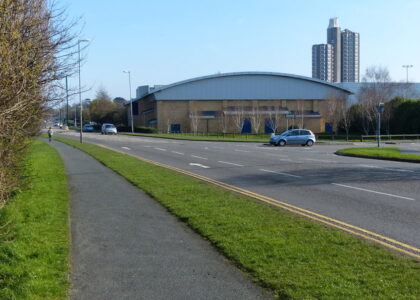Welcome to the fascinating world of the ‘Cabane en pierre sèche,’ a testament to France’s rich agricultural and architectural past. These dry stone huts, scattered across the countryside, represent a bygone era of rural life and ingenuity. Imagine the 19th-century landscape of Provence, Languedoc, or Dordogne, bustling with activity as families toiled to cultivate their own plots of land. These huts were not just structures; they were lifelines for farmers seeking shelter from the elements while working their fields.
The story of these stone huts is rooted in the social changes following the French Revolution. As common people gained access to land that was once the domain of local lords, they faced the daunting task of clearing fields strewn with stones. Ingeniously, these stones were transformed into huts, walls, and shelters, creating a functional landscape that enabled agriculture to thrive.
The construction of these huts is a marvel of dry stone masonry, a technique recognized by UNESCO as an intangible cultural heritage. Built without mortar, the huts rely on carefully selected interlocking stones, showcasing the skill and resourcefulness of their builders. Each hut reflects the unique building abilities, tastes, and resources of the family that constructed it.
Sadly, many of these structures have fallen into ruin, overtaken by nature and time. Yet, they still whisper stories of the past. The huts served various purposes, from seasonal dwellings to storage for grains and tools. They were integral to the rural economy, supporting activities like silkworm rearing and leather sole making.
The name ‘borie’ often associated with these huts is a later addition. Originally called ‘cabanes,’ the term borie evolved from local vernacular and was mistakenly thought to denote ancient origins. However, these structures are firmly rooted in the 19th century, their proliferation ending with the rural exodus and challenges like the phylloxera epidemic that devastated vineyards.
Though time and weather have taken their toll, these dry stone huts remain a poignant reminder of a dynamic period in France’s rural history. They stand as silent witnesses to the resilience and creativity of the people who once called the fields and hills their home.






